
The gnatcatchers are a family of small passerine birds called Polioptilidae. The 21 species occur in North and South America. Most species of this mainly tropical and subtropical group are resident, but the blue-grey gnatcatcher of the United States and southern Canada migrates south in winter. They are close relatives of the wrens.
James Franklin Clements was an American ornithologist, author and businessman. He was born in New York, United States.
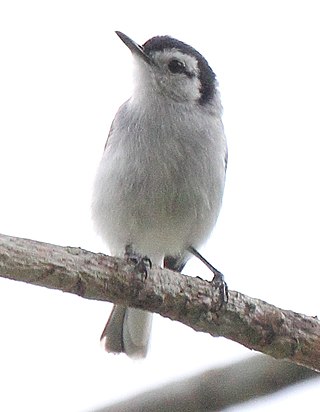
The tropical gnatcatcher is a small active insectivorous songbird, which is a resident species throughout a large part of northern South America. It was formerly considered as conspecific with the white-browed gnatcatcher.

The black-capped gnatcatcher is a small songbird in the family Polioptilidae. It is found in Mexico and the United States.

The tawny-faced gnatwren or half-collared gnatwren is a species of bird in the family Polioptilidae, the gnatcatchers. It is found in Bolivia, Colombia, Costa Rica, Ecuador, Nicaragua, Panama, and Peru.

The Guianan streaked antwren is a species of bird in subfamily Thamnophilinae of family Thamnophilidae, the "typical antbirds". It is found in Brazil, Colombia, French Guiana, Guyana, Suriname, and Venezuela.
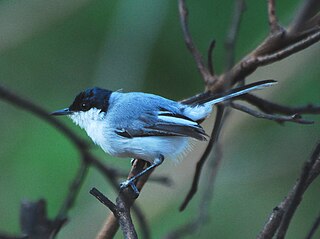
The white-lored gnatcatcher is a species of bird in the family Polioptilidae. It is found in Costa Rica, El Salvador, Guatemala, Honduras, Mexico, and Nicaragua.

Polioptila is a genus of small insectivorous birds in the family Polioptilidae. They are found in North and South America.
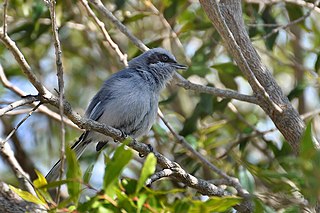
The masked gnatcatcher is a small songbird in the family Polioptilidae. It is found in Argentina, Bolivia, Brazil, Paraguay, and Uruguay.
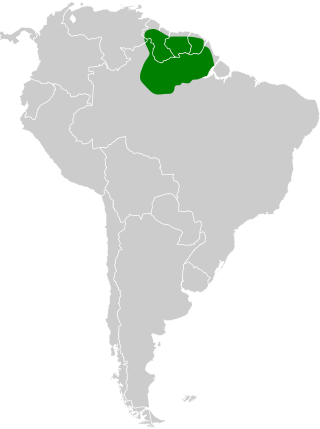
The Guianan gnatcatcher is a species of bird in the family Polioptilidae. It is found in Brazil, French Guiana, Guyana, Suriname, and Venezuela.

The creamy-bellied gnatcatcher is a species of bird in the family Polioptilidae. It is found in Argentina, Brazil, and Paraguay.
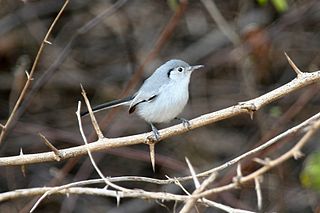
The Cuban gnatcatcher is a species of bird in the family Polioptilidae, the gnatcatchers. It is endemic to Cuba.

The slate-throated gnatcatcher is a species of bird in the family Polioptilidae. It is found in Colombia, Ecuador, and Panama.

The white-browed gnatcatcher is a species of bird in the gnatcatcher family Polioptilidae. It is native to central and South America.

Allpahuayo-Mishana National Reserve is a protected area in Peru located southwest of Iquitos in the region of Loreto. It was established in 2004 to protect the diverse forest types in the area, especially the rainforests on white sandy soil and watercourses which provide drinking water to the city of Iquitos.

The Inambari woodcreeper is a species of bird in the subfamily Dendrocolaptinae of the ovenbird family Furnariidae. It is found in Bolivia, Brazil, and Peru.

The Rio Negro gnatcatcher is a species of bird in the family Polioptilidae. It is endemic to Brazil.

The Para gnatcatcher or Klages's gnatcatcher, is a species of bird in the family Polioptilidae. It is endemic to Brazil.

The Inambari gnatcatcher is a species of bird in the family Polioptilidae. It is endemic to Brazil.

















